South America is a continent rich in diverse flavors and culinary traditions that tantalize the taste buds. Each country offers its unique twist on traditional dishes, and these 14 favorites are no exception. From savory to sweet, these South American specialties elevate every bite and provide a gateway to the vibrant cultures they originate from.
Empanadas
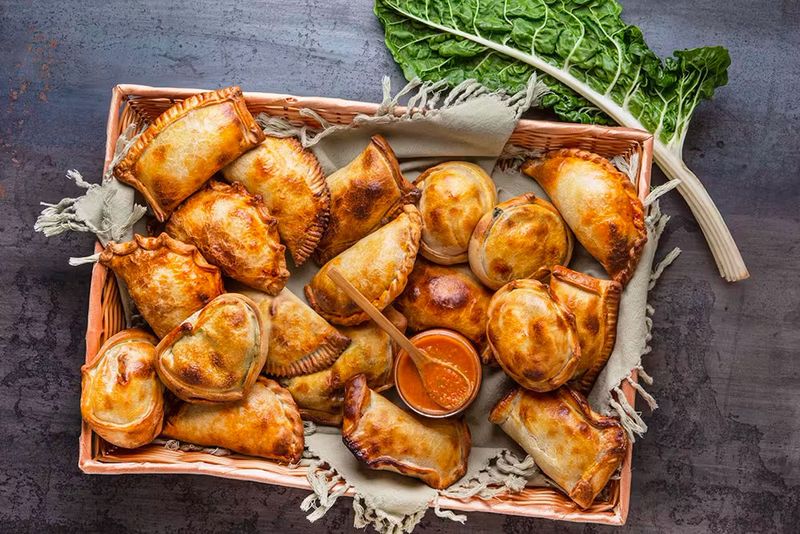
Empanadas are a staple across many South American countries, cherished for their mouthwatering fillings and flaky crusts. These delightful pastries, often stuffed with seasoned beef, chicken, or cheese, make for a perfect snack or meal.
Did you know? Empanadas have been enjoyed since the time of the Spanish colonization, blending indigenous and European culinary traditions. Each region offers its own unique version, adding to the rich tapestry of flavors found on the continent.
Arepas
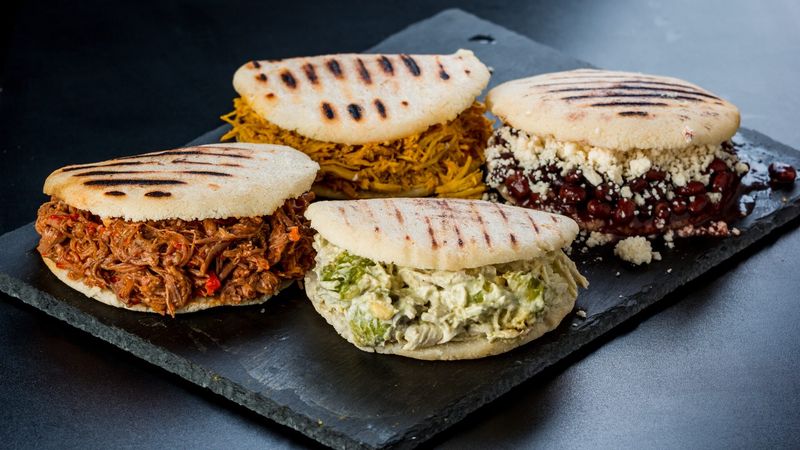
Originating from Venezuela and Colombia, arepas are versatile cornmeal cakes that can be split open and filled with endless possibilities. Their crispy exterior and soft interior make them a beloved choice for breakfast, lunch, or dinner.
The tradition of making arepas dates back to pre-Columbian times, highlighting the deep roots of corn in South American cultures. Today, they continue to bring people together, offering both comfort and creativity in every bite.
Feijoada
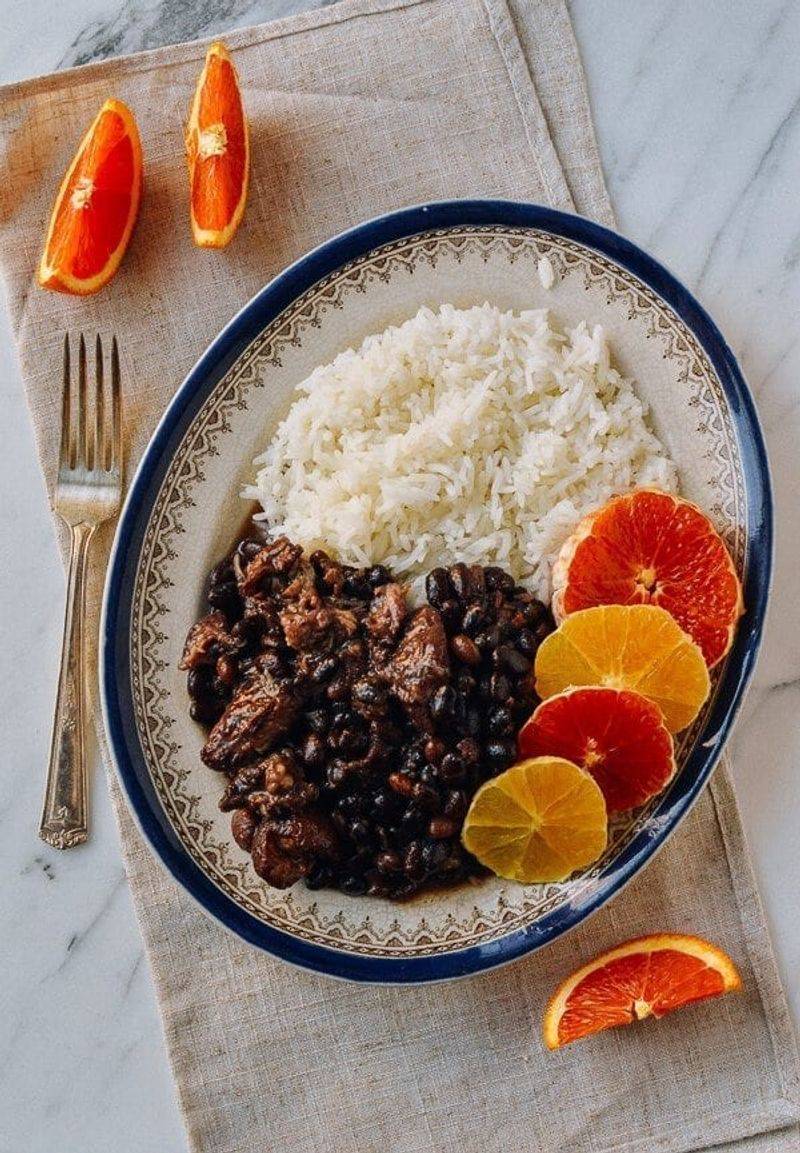
Brazil’s national dish, feijoada, is a hearty stew of black beans and assorted meats, steeped in rich flavors and history. This dish is traditionally served with rice, collard greens, and orange slices to balance its robust taste.
Feijoada is more than just a meal; it’s a social event, often enjoyed on weekends with family and friends. Its origins can be traced to the colonial era, where it evolved from the culinary practices of slaves.
Ceviche
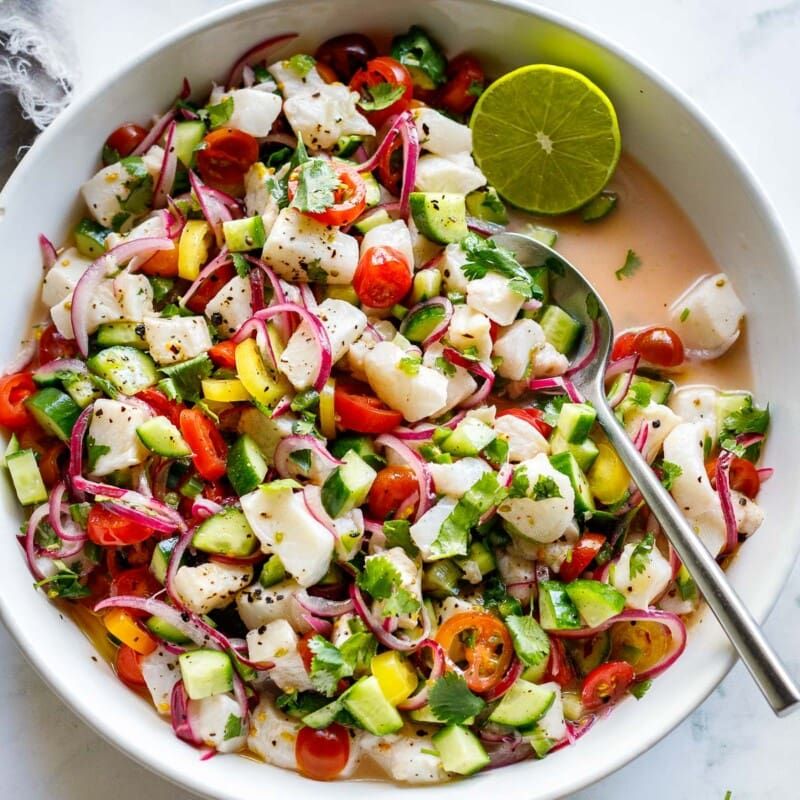
Ceviche is a refreshing seafood dish that captures the essence of coastal life in South America. Typically made with fresh fish marinated in citrus juices, it’s a zesty explosion of flavors.
The origins of ceviche are as rich as its taste, with roots stretching back to the Incas. Each bite offers a connection to the ocean and the cultural heritage of countries like Peru and Ecuador.
Churrasco
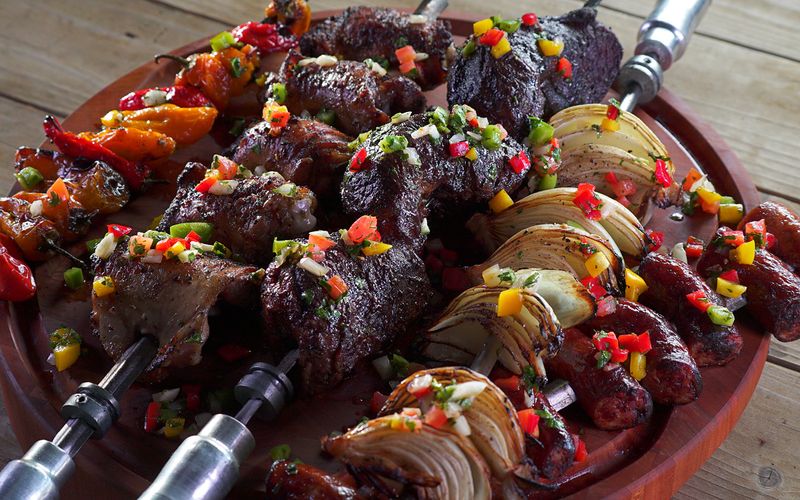
Churrasco is a celebration of grilled meats, most famously enjoyed in Brazil and Argentina. These juicy cuts of beef, seasoned and grilled on skewers, are a testament to the art of barbecue in South America.
In these regions, churrasco is more than just a meal; it’s a festive gathering where friends and family come together to savor succulent flavors and celebrate life.
Pão de Queijo

Pão de queijo, or cheese bread, is a beloved snack in Brazil, known for its crispy exterior and gooey cheese interior. Made with tapioca flour, it’s naturally gluten-free and utterly irresistible.
This snack has a storied past, originating from the 18th century when African slaves adapted European recipes to local ingredients. Today, it’s a symbol of Brazilian hospitality and warmth.
Milanesa
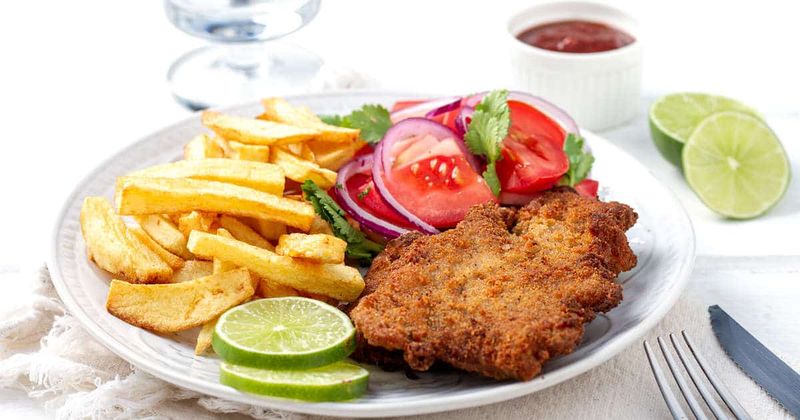
Milanesa is a dish that showcases the fusion of Italian and South American cuisines, prevalent in countries like Argentina and Uruguay. It’s a breaded and fried meat cutlet, often served with lemon wedges and salad.
This dish reflects the influence of Italian immigrants who brought new flavors and techniques, blending them with local ingredients to create something uniquely delicious.
Humitas
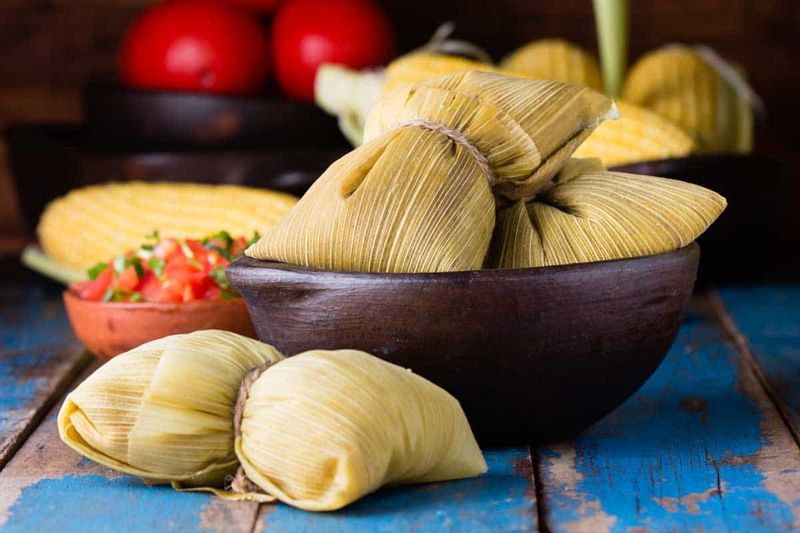
Humitas are a traditional dish from the Andean region, including Peru and Chile. Made from fresh corn, cheese, and spices, they are wrapped in corn husks and steamed to perfection.
This dish is a celebration of the harvest, connecting modern kitchens with ancient agricultural traditions. Each bite offers a taste of the fertile Andean valleys and their rich history.
Chimichurri
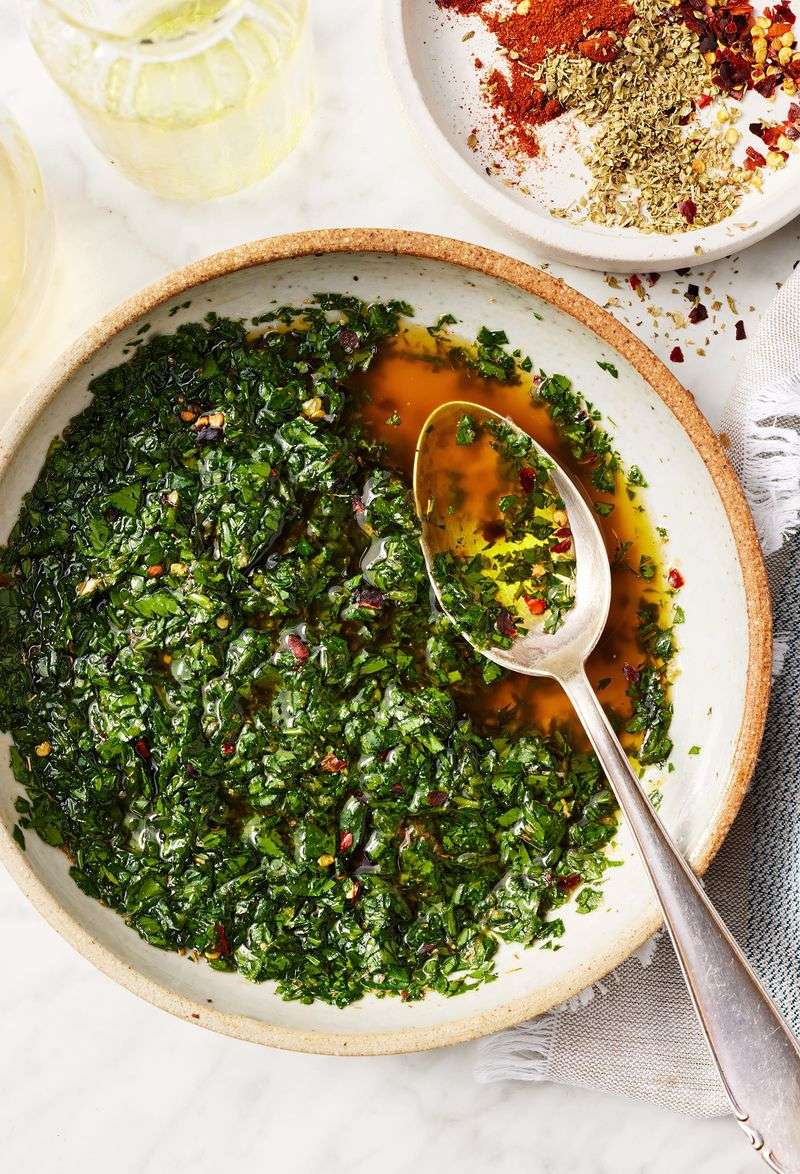
Chimichurri is a piquant sauce that hails from Argentina and Uruguay, adding a burst of flavor to grilled meats. Made with fresh parsley, garlic, vinegar, and olive oil, it’s a staple at any barbecue.
This sauce embodies the spirit of Latin flair, transforming simple dishes into culinary masterpieces. Its origins are a mystery, but its popularity is undeniable across the region.
Moqueca
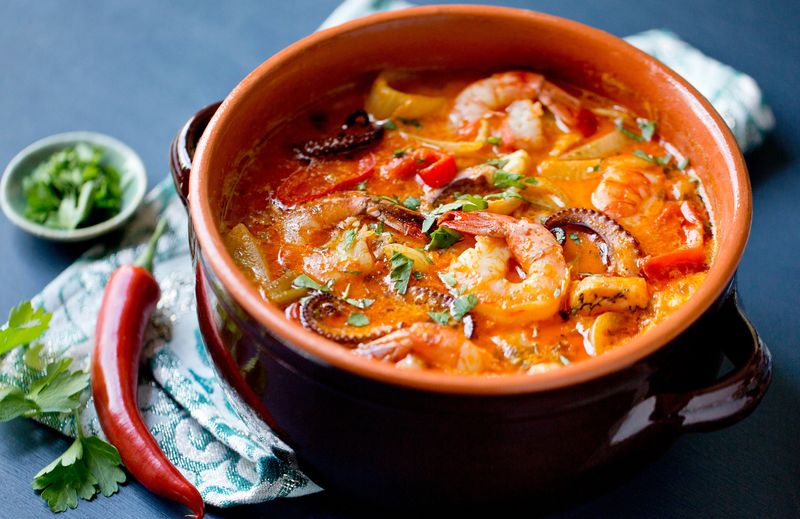
Moqueca is a traditional seafood stew from Brazil, known for its vibrant colors and tropical flavors. Cooked with coconut milk, palm oil, and a variety of seafood, it’s a feast for the senses.
This dish is a reflection of Brazil’s coastal bounty and African culinary influence, offering a taste of the sea with every spoonful. It’s both nourishing and exotic, bringing the essence of Brazil to the table.
Tostones
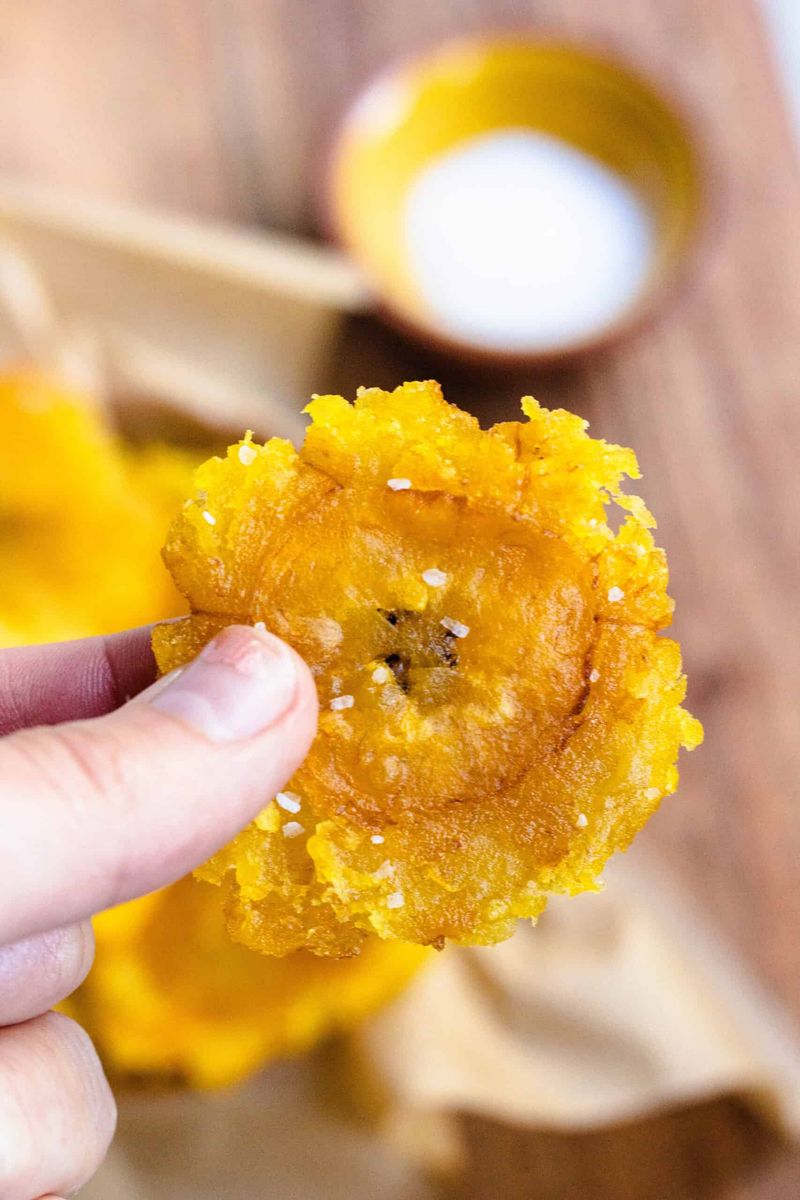
Tostones are crispy fried plantains that provide a delightful crunch with every bite. Popular in the Caribbean regions of South America, they are often served as a side dish or snack.
These golden rounds are a testament to the versatility of plantains, transforming a humble fruit into something extraordinary. Tostones bring a taste of the tropics to any table, offering a simple yet satisfying treat.
Alfajores

Alfajores are sweet sandwich cookies filled with creamy dulce de leche, a favorite treat in countries like Argentina and Peru. These buttery delights are often dusted with powdered sugar, adding to their allure.
These cookies have a long history, tracing back to Spanish settlers who brought the recipe to the new world. Today, alfajores are a symbol of festivity and indulgence, enjoyed by young and old alike.
Ajiaco
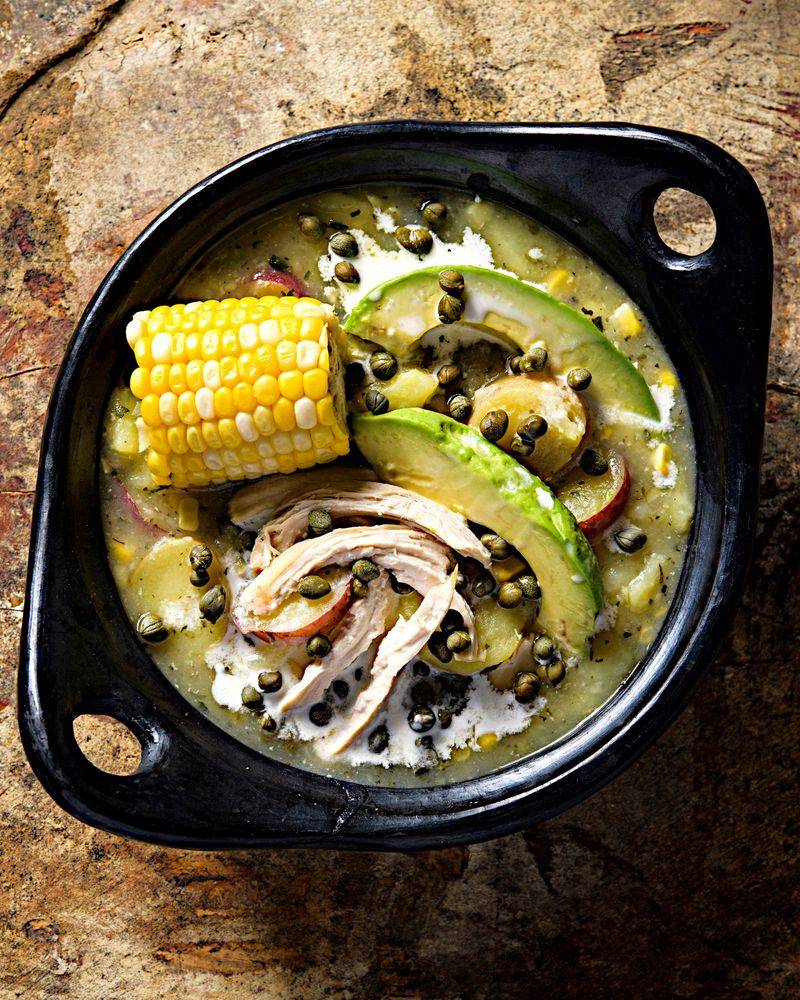
Ajiaco is a hearty soup that warms the soul, famously enjoyed in Colombia. Made with chicken, three types of potatoes, and corn, it’s a comforting dish that speaks to the heart of Colombian cuisine.
The soup is often served with capers and cream, adding layers of flavor and richness. Ajiaco is a comforting embrace, capturing the essence of home and tradition in every spoonful.
Mote con Huesillo
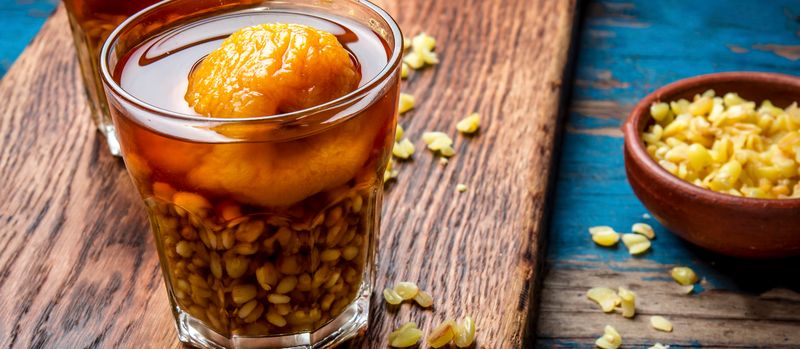
Mote con huesillo is a traditional Chilean drink that refreshes and delights with its unique combination of wheat and dried peaches. Served chilled, it’s a popular summer treat.
This drink tells a story of resourcefulness, turning simple ingredients into a thirst-quenching elixir. Mote con huesillo is a taste of Chilean summer, offering sweetness and refreshment in equal measure.
Leave a comment